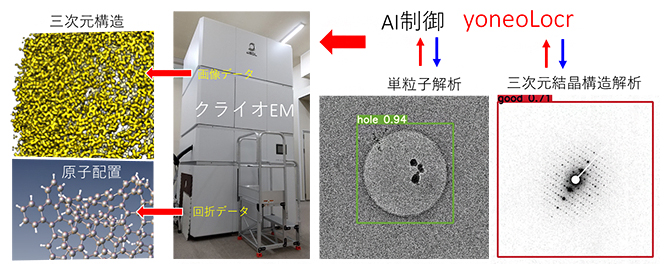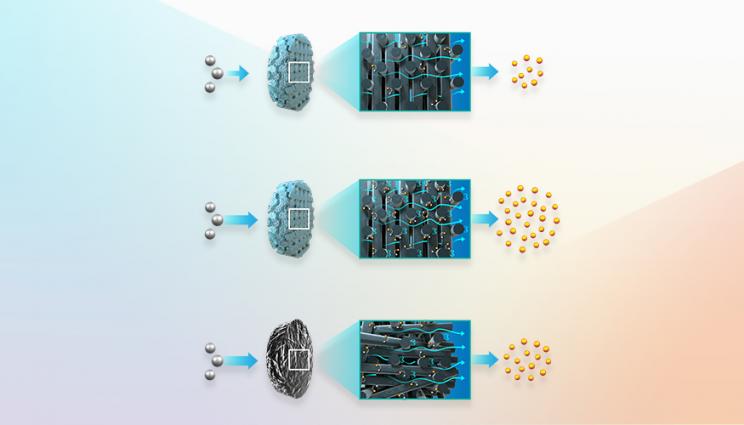(Bio-based coating for wood outperforms traditional synthetic options)
2021-07-16 フィンランド・アールト大学

・ アールト大学が、樹木や植物に豊富に含まれる天然のポリマーであるリグニンを使用した、安全で低コスト、高性能の木材用コーティング剤を開発。
・ 持続可能性基準に見合うための世界的な取り組みにおいて、コンクリートから木材へと建築資材の移行が試みられている。例えばフランスでは、全ての公共のビルの建築時、木材または他の持続可能材料を最低でも 50%使用することが 2022 年より義務付けられる。
・ 新コーティング剤は、水分散性のコロイドリグニン粒子(CLPs)、エポキシ化合物およびグリセロールジグリシジルエーテル(GED)から構成され、市販のコーティング剤の半分を下回る薄さのコーティング層により、被塗物の通気性を維持しながら太陽光や湿気等による汚れ、変色や劣化から木材を保護する。
・ 木材の自然な構造とミクロスケールの粗さを保持し、市販の合成コーティング剤やバイオベースのコーティング剤を上回る疎水性、耐食性、抗菌性、防氷性や UV 防御性能を提供する。
・ リグニンは、製紙やバイオリファイナリー工程からの廃棄物として年間約 6 千~1 億 2 千万トンが世界で排出され、そのうち 98%がエネルギーの回収のため燃焼処理されている。リグニンは一定の有益な特性を有するが、可溶性に乏しく、リグニン製品の性能が凡庸であるため、商業的な利用が制限されている。
・ 木材、コンクリート、金属や複合材料に現在広く利用されている保護コーティング剤は化石燃料ベースのものであり、環境に有害な成分を含有する。ココナツや大豆等の植物油ベースのコーティング剤は持続可能な代替であるが、耐久性に欠けるため、性能向上のため合成材料と組み合わせられることが多い。
・ 例えば、揮発性有機化合物(VOCs)は健康だけでなくオゾン層への影響から使用量が規制されており、欧州連合(EU)ではコーティング製造産業によるビスフェノール A やフォルムアルデヒド(エポキシやポリウレタンコーティングに使用される)等の化学物質の使用を制限している。また、先般、最も広く利用されるペンキの色素の一つである二酸化チタンがクラスⅡの発がん物質に分類されている。
URL: https://www.aalto.fi/en/news/bio-based-coating-for-wood-outperforms-traditional-synthetic-options
<NEDO海外技術情報より>
(関連情報)
ACS Applied Materials & Interfaces 掲載論文(フルテキスト)
Colloidal Lignin Particles and Epoxies for Bio-Based, Durable, and Multiresistant Nanostructured
Coatings
URL: https://pubs.acs.org/doi/10.1021/acsami.1c06087
Abstract
There is a need for safe and sustainable alternatives in the coating industry. Bio-based coatings are interesting in this perspective. Although various oils and waxes have been used as traditional wood coatings, they often lack sufficient durability. Lignin is an abundant natural polyphenol that can be used to cure epoxies, but its poor water solubility has impeded the use of unmodified lignin in coatings in the past. To address this issue, water-dispersible colloidal lignin particles (CLPs) and an epoxy compound, glycerol diglycidyl ether (GDE), were used to prepare multiprotective bio-based surface coatings. With the GDE/CLP ratios of 0.65 and 0.52 g/g, the cured CLP–GDE films became highly resistant to abrasion and heat. When applied as a coating on wooden substrates, the particulate morphology enabled effective protection against water, stains, and sunlight with very thin layers (less than half the weight of commercial coatings) while retaining the wood’s breathability excellently. Optimal hydrophobicity was reached with a coat weight of 6.9 g(CLP)/m2, resulting in water contact angle values of up to 120°. Due to their spherical shape and chemical structure, the CLPs acted as both a hardener and a particulate component in the coating, which removed the need for an underlying binding polymer matrix. Light interferometry measurements showed that while commercial polymeric film-forming coatings smoothened the substrate noticeably, the particulate morphology retained the substrate’s roughness in lightweight coatings, allowing for a high water contact angle. This work presents new strategies for lignin applications in durable particulate coatings and their advantages compared to both currently used synthetic and bio-based coatings.



